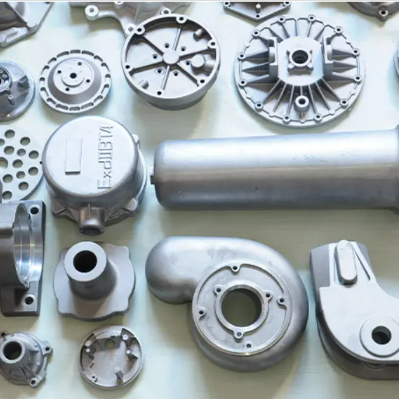Mobile:+86-311-808-126-83
Email:info@ydcastings.com
Investment Casting for High-Performance Impellers in Precision Engineering Applications
Investment Casting of Impellers A Comprehensive Overview
Investment casting, also known as lost-wax casting, is a sophisticated manufacturing process often used to produce complex metal parts with high accuracy and excellent surface finish. One of the most critical applications of investment casting is in the production of impellers, which play a vital role in various industries, including aerospace, automotive, and marine engineering. This article explores the investment casting process, its advantages, and the specific considerations involved in creating high-performance impellers.
Understanding the Investment Casting Process
At its core, investment casting involves creating a wax model of the desired part, which is then coated with a ceramic shell. Once the shell hardens, the wax is melted away, leaving a hollow mold. Molten metal is then poured into this mold to form the final piece. The process is highly versatile, allowing for intricate designs and tight tolerances that traditional casting methods may struggle to achieve.
For impellers, which typically feature complex geometries designed to enhance fluid flow and efficiency, investment casting offers several benefits. The ability to create detailed features, such as thin walls and elaborate internal channels, is particularly advantageous for optimizing the performance of impellers in pumps and turbines.
Advantages of Investment Casting for Impellers
1. Precision and Detail Investment casting provides an unparalleled level of accuracy, essential for ensuring that impellers fit perfectly within their respective systems. This precision reduces the need for extensive machining, cutting down on production time and costs.
2. Material Versatility The investment casting process can accommodate a wide range of metals and alloys, including stainless steel, nickel-based superalloys, and aluminum. This versatility allows manufacturers to select materials that best suit the operational environment of the impeller, whether it be high temperatures, corrosive substances, or high-stress conditions.
investment casting impeller

3. Surface Finish The ceramic shell used in investment casting provides a smooth surface finish, reducing the need for secondary finishing processes. This attribute is crucial in applications where surface roughness can affect performance, such as in fluid dynamics.
4. Reduced Waste Due to the nature of the process, investment casting typically generates less waste than traditional casting methods. The ability to produce complex shapes with minimal material loss is an advantage in terms of both cost efficiency and environmental impact.
Considerations in Investment Casting Impellers
While investment casting offers numerous benefits, there are important considerations to keep in mind when manufacturing impellers. The design phase is critical; engineers must consider factors such as flow dynamics, stress distribution, and manufacturability to ensure that the final product meets performance requirements.
Additionally, the choice of material is significant. Impellers must withstand various operational stresses, including fatigue and corrosion. Therefore, selecting the appropriate alloy that matches the operational conditions is essential for longevity and performance.
Finally, effective quality control measures must be implemented throughout the investment casting process. Non-destructive testing methods, such as X-ray or ultrasonic inspection, can help identify any potential defects in the final product, ensuring that only high-quality impellers are delivered to customers.
Conclusion
Investment casting is an invaluable technique for producing high-performance impellers across various industries. Its capacity for detail, precision, and material versatility makes it a preferred choice for manufacturers aiming to produce reliable and efficient components. As technology advances and more stringent performance standards emerge, the role of investment casting in the development of impellers will likely continue to grow, driving innovation in fluid handling systems and beyond.
-
Why Should You Invest in Superior Pump Castings for Your Equipment?NewsJun.09,2025
-
Unlock Performance Potential with Stainless Impellers and Aluminum End CapsNewsJun.09,2025
-
Revolutionize Your Machinery with Superior Cast Iron and Aluminum ComponentsNewsJun.09,2025
-
Revolutionize Fluid Dynamics with Premium Pump ComponentsNewsJun.09,2025
-
Optimizing Industrial Systems with Essential Valve ComponentsNewsJun.09,2025
-
Elevate Grid Efficiency with High-Precision Power CastingsNewsJun.09,2025











